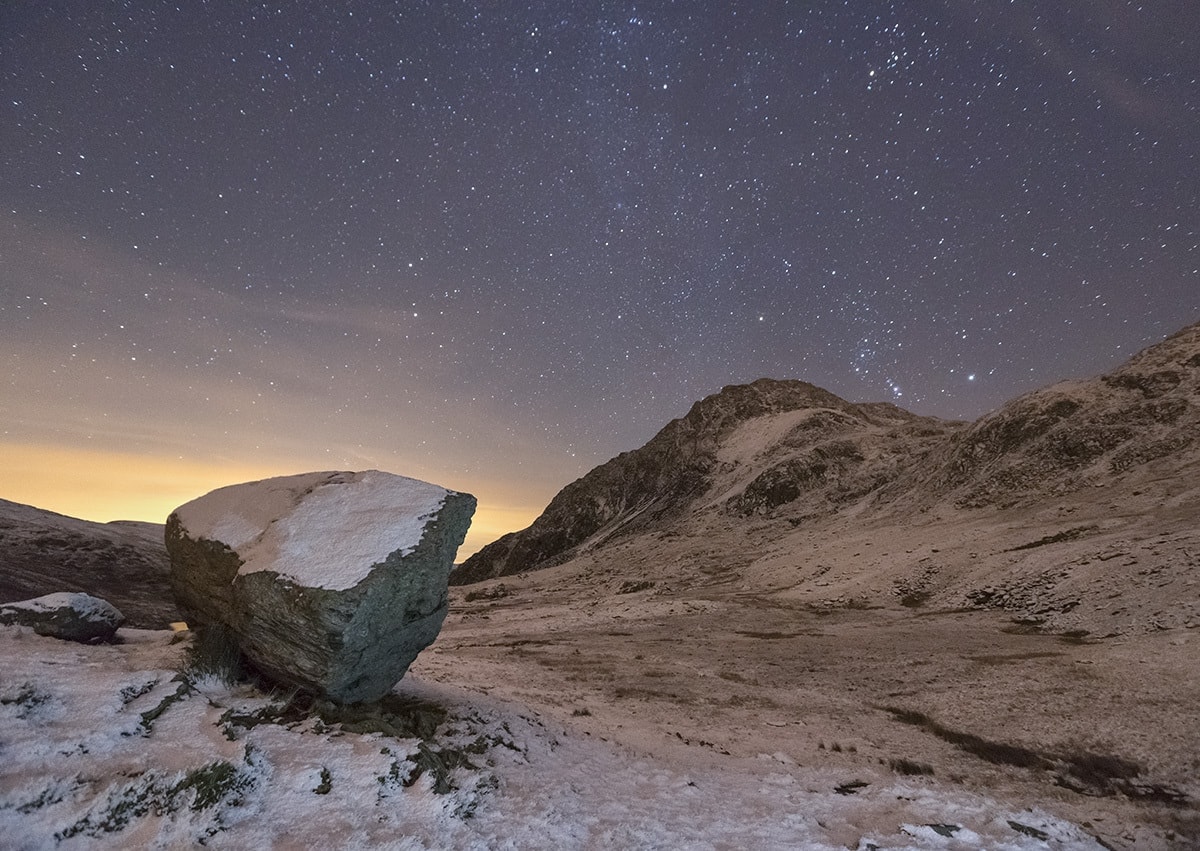In this article you will find the recommended lenses for practicing night photography, but if you want to go deeper into this discipline, we have this very complete mega guide, with tips, tricks and a lot of inspiration for night photography.
Most of the legends say that the most fantastic beings emerge under the protection of moonlight. Apparently, when the sun stops heating up and leaves the forum or, what amounts to the same thing, disappears behind the horizon line, goblins, fairies and other magical beings come out of hiding, fireflies dance to the sound of the song of the cicadas in the countryside, while in the cities everything is covered with lights, white or of different colors. Everything happens under the watchful eye of an army of stars and their captain, the moon. Nights are magical, that's for sure, what happens is that sometimes we forget because we let ourselves be carried away by fatigue and routine. And with the fact that to photograph you need light, of course... even more so we forget all the wonderful things that the night can give us in terms of photography. Nevertheless, There is also light at night, artificial or natural light, that of the moon, what happens is that it is very scarce and we need more time to "hunt" it, that is why we resort to long exposures. But that is not today's topic, in this article, as I told you, I want to tell you which are the best objectives to capture night magic. It does not matter if you are from the country or from the city, the night seduces everyone equally. You stay?
When taking night photography, there are two most important aspects in a lens: that it be bright and that it be wide angle. Perhaps the focal length is more important, since in night photography, to capture the sky and landscapes it is important to cover the entire field of vision that is possible. In the following scheme you can see the lenses classified according to their focal length and angle of view.
It is important that it is also bright so that it can capture as much light as possible. The best lenses for your landscapesand night skies will be those in which you can open the diaphragm wide. You may be wondering if I open the diaphragm a lot (a small f number) won't the background blur? And in landscapes, isn't the ideal a shallow depth of field so that everything comes out sharp, not just the foreground? The answer is simple, you are right that sharpness is sought in all planes of the photo, what happens with wide angles is that they achieve great sharpness in all planes with very open diaphragms, since at a shorter focal length, greater depth of field. In any case, if you have to choose between wide angle and brightness, I would recommend that you bet on the focal length first, because you will still have to use a tripod and this issue will save something. Having said that,
TOKINA 12-24MM F/4
A wide angle and very bright, which offers excellent results. To give you an idea I leave you a night image. You can find it for Canon and Nikon ( for less than 500 euros on Amazon).
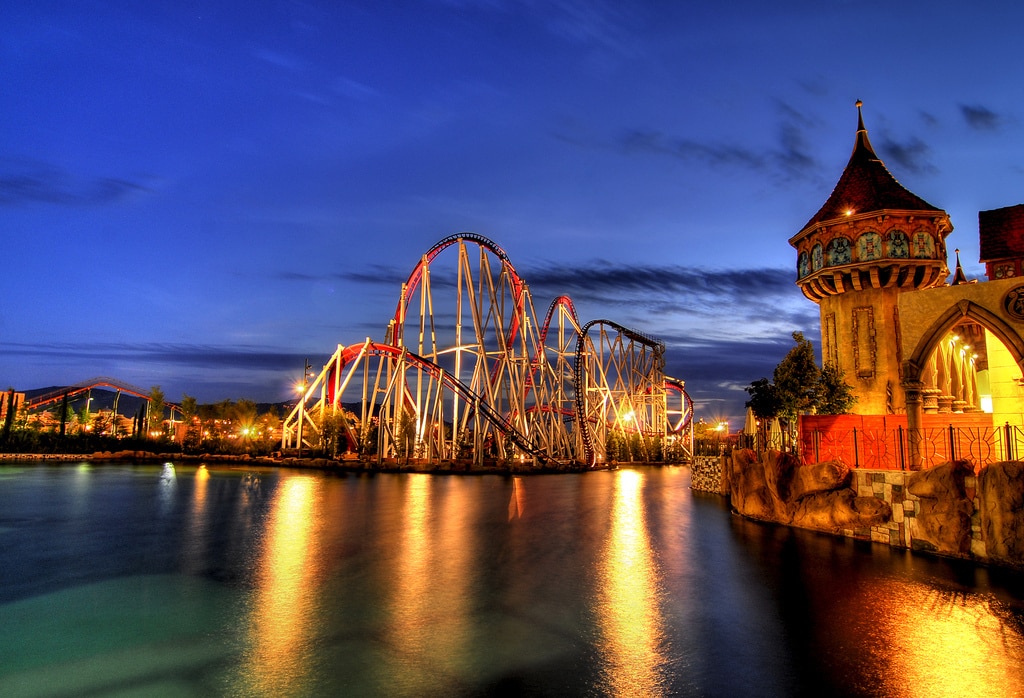
TOKINA 11-16MM F/2.8
This is the evolution of the previous one, it is around 600 euros on Amazon. If you want to take photos indoors, you may be more interested in this one that is somewhat brighter, for outdoors you will not notice the difference so much. You can see more images taken with this objective in this link.
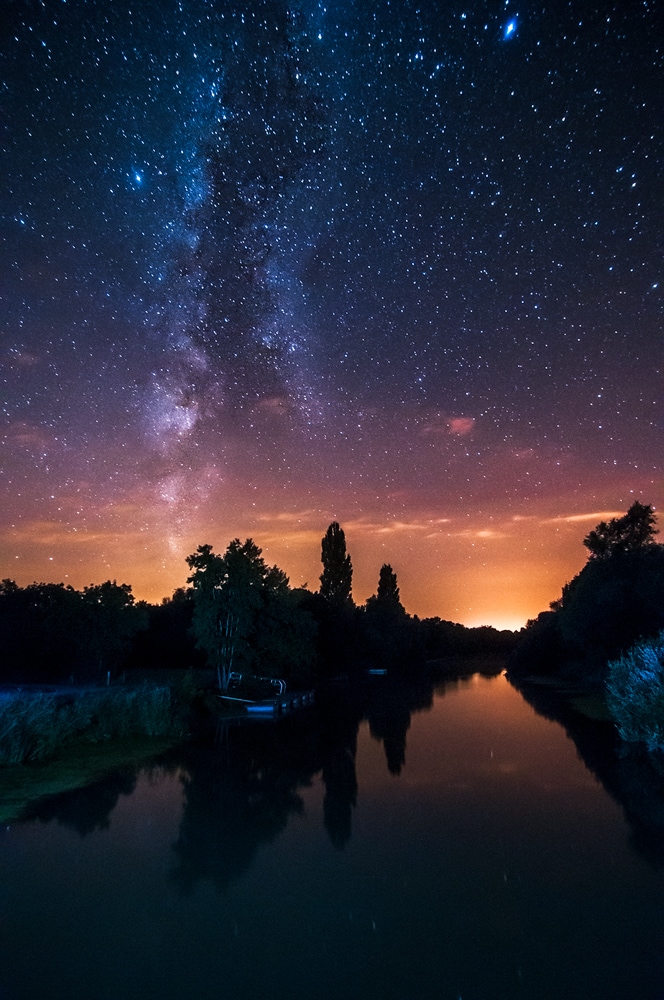
SONY SEL 10-18MM F/4 OSS
Do you have a Sony camera? Take a look at this wide angle with fast autofocus and very sharp results. Indoors it would need some corrections but it is a perfect extreme angle for lovers of landscapes. It has a fixed f/4 aperture and a built-in image stabilizer that enables handheld shooting in low light conditions with detailed results. Its price is around 800 euros. You can see images taken with him in this flickr group.
SIGMA 10-20MM F/3.5
With mount for Canon, Nikon, Pentax. For four thirds check out this. The geometric distortion is a bit high and the sharpness at the edges could be improved, but it offers great sharpness in the center and good contrast. Here you have an example.
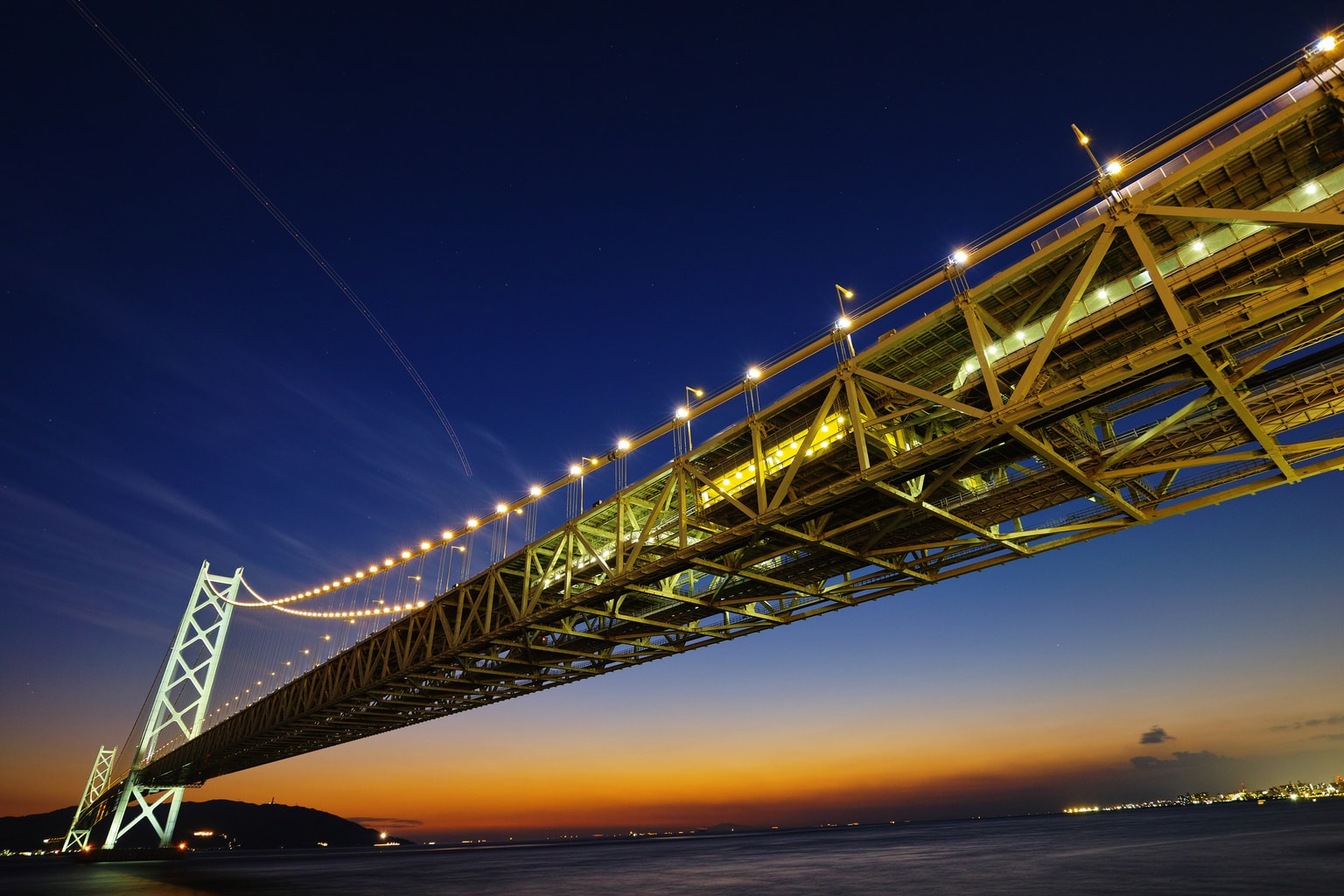
SAMYANG 14MM F/2.8
It is an objective that despite being somewhat rudimentary offers excellent results. And what is rudimentary is because it does not have an automatic focus (which makes it difficult to use in another type of photography that is more "moved") or an automatic aperture, so you have to focus first at maximum aperture. In the case of night photography, you normally shoot at maximum aperture and focus manually, so this is not a problem and it performs very well from the center to the edges even at maximum aperture. It costs about 350 euros on Amazon.
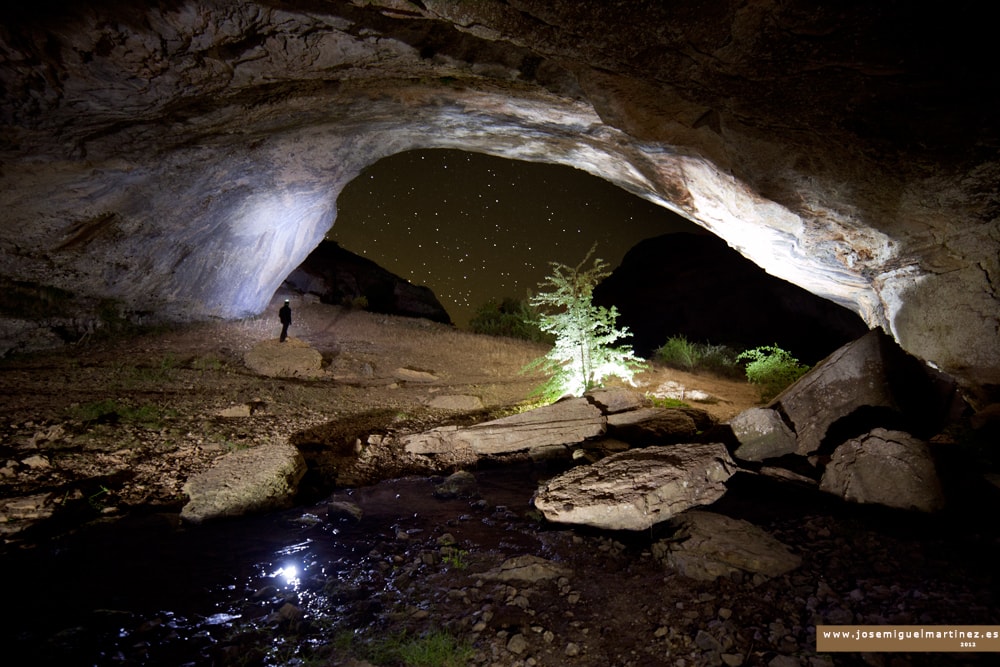
NIKKOR 12-24MM F/4
With the same aperture and focal length, you find the original for Nikon. It is perfect for large outdoor buildings and nature landscapes . If you want incredibly sharp images without any chromatic aberration or line distortions, this is the lens for you. At the time of writing this, it is on sale on Amazon ( 1,150 euros) If you can afford it, go ahead, if price is a problem for you and you don't professionally dedicate yourself to night photography... I recommend that you consider the Tokina, because the price difference is important and the results are also fantastic . To see images taken with this objective, click here.
CANON 10-22MM F/3.5-4.5 EF-S USM
It is a super wide angle with great distortion control and fast and precise focusing. It offers excellent sharpness in the different planes. For less than 600 euros you can find it on Amazon.
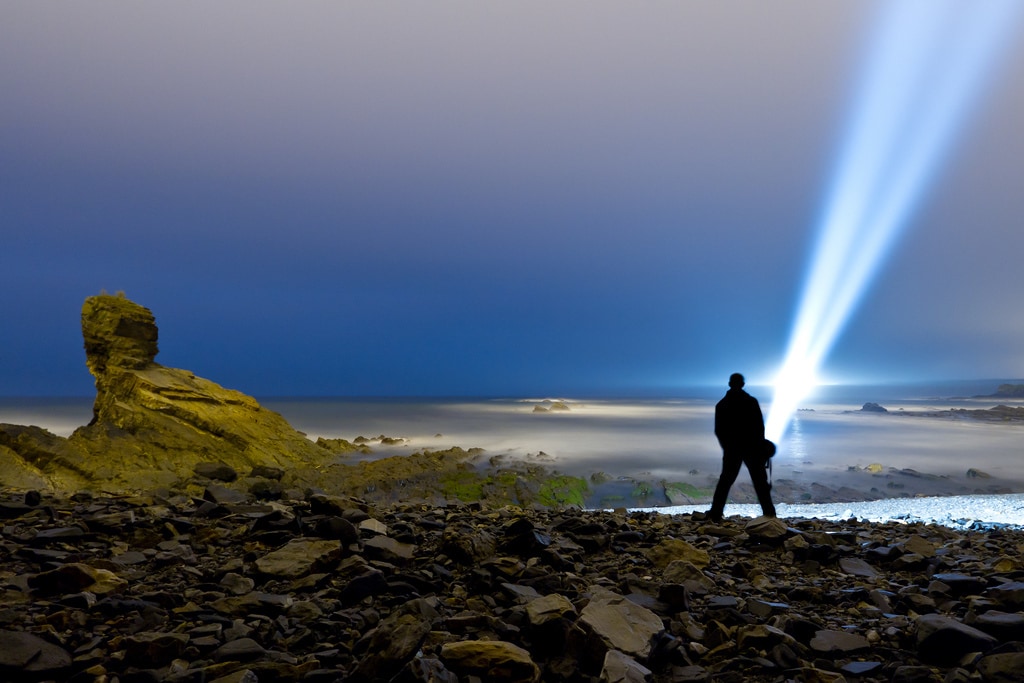
SIGMA 8-16MM F/4.5-5.6 DC HSM
With mount for Canon, Nikon, Pentax and sonyIt costs about 700 euros. It is one of the most extreme angles and offers brilliant results. Exaggerate the perspective in a way that emphasizes the subject to be photographed. Here is a gallery of images.
As you can see, a whole world of possibilities opens before you. Before deciding your objective, assess well what you need, what is your level of demand in terms of quality, or if you are looking for more versatility. The price is also important so it is good that you consider compatible alternative brands like the ones I have shown you. If you have doubts among several, maybe reading this article or this one will help you. And always remember that the tools help to achieve better images but they are not the ones that do the work, but you. You are the one who puts the creativity, the photographic eye and the passion, the objective is a mere tool, do not forget it ? .
If you've made it this far, thank you! And if you also found it useful, there may be people you know who can also use it, help them by sharing this article. Thank you and see you soon!

